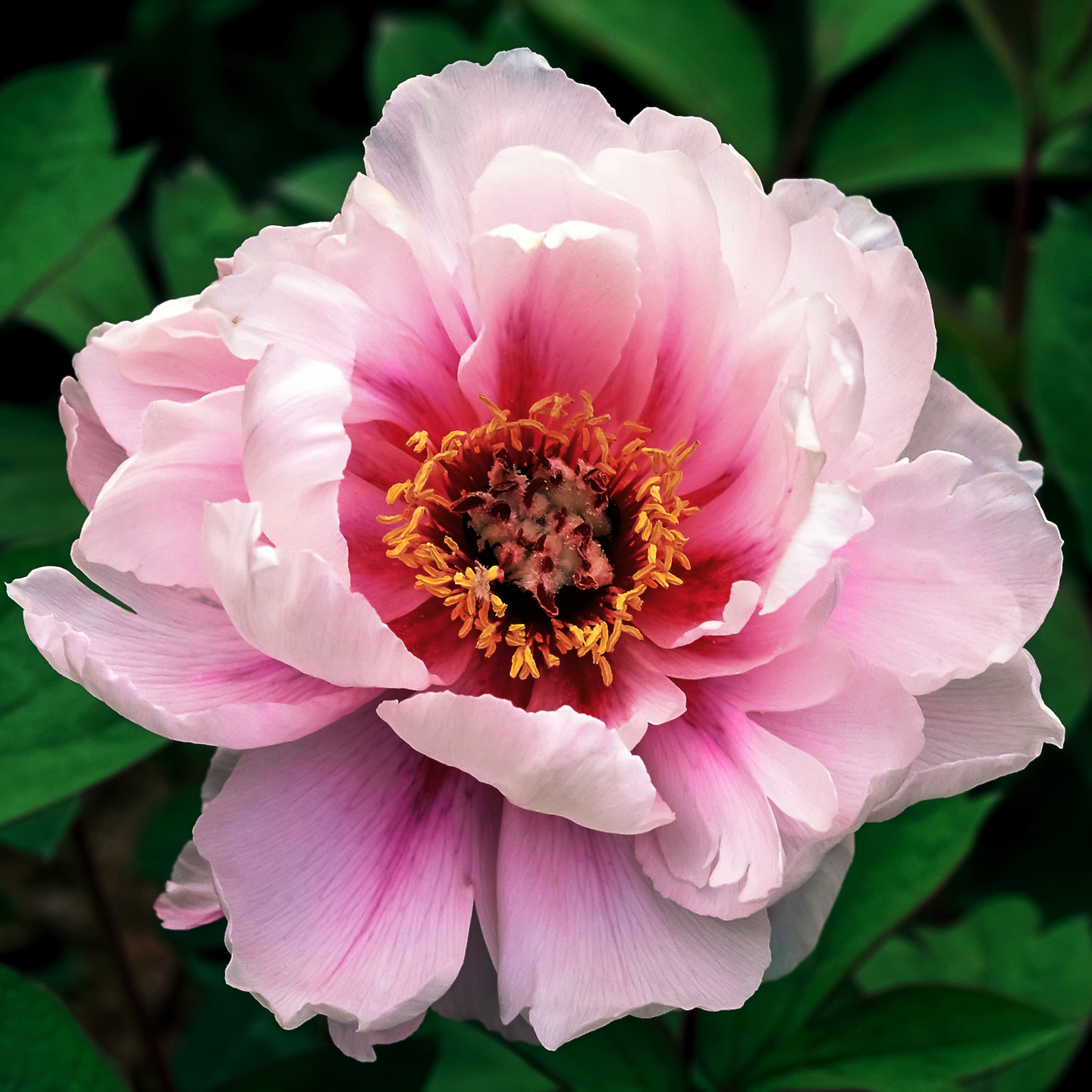Plant food for peonies is essential for nurturing these beautiful and beloved flowers, ensuring their vibrant blooms and healthy growth. In this guide, we’ll delve into the specific nutrients peonies need, explore the pros and cons of organic versus synthetic fertilizers, and provide detailed instructions on application and timing to help you achieve the most stunning peony displays.
Plant Food Nutrients for Peonies

Peonies are heavy feeders and require a balanced diet of essential nutrients to thrive. The ideal ratio of these nutrients varies depending on the specific cultivar and growing conditions, but in general, peonies prefer a fertilizer with a ratio of 10-10-10 or 12-12-12.
Macronutrients
The macronutrients nitrogen, phosphorus, and potassium are essential for all plant growth. Nitrogen promotes leaf growth and chlorophyll production, phosphorus encourages root development and flowering, and potassium helps with water uptake and disease resistance.
Micronutrients
Micronutrients, such as iron, manganese, and zinc, are also important for peony health. Iron helps with chlorophyll production, manganese promotes photosynthesis, and zinc is involved in enzyme production.
Organic Matter, Plant food for peonies
Organic matter, such as compost or manure, can help improve soil structure and provide a slow release of nutrients. It also helps to retain moisture and suppress weeds.
Organic vs. Synthetic Plant Food for Peonies

Peonies are heavy feeders and require regular fertilization to produce abundant blooms. Both organic and synthetic plant foods can provide the necessary nutrients for peonies, but each type has its advantages and disadvantages.
Organic Plant Food
Organic plant food is made from natural materials such as compost, manure, and bone meal. It is generally considered to be more environmentally friendly than synthetic plant food because it does not contain harsh chemicals. Organic plant food also releases nutrients slowly over time, which can help to prevent nutrient burn.
Some examples of organic plant food for peonies include:
- Compost: Compost is a rich source of organic matter and nutrients. It can be made from a variety of materials, such as kitchen scraps, yard waste, and manure.
- Manure: Manure is another excellent source of organic matter and nutrients. It is important to use well-rotted manure, as fresh manure can burn peony roots.
- Bone meal: Bone meal is a good source of phosphorus, which is essential for peony growth and flowering. It is important to use bone meal sparingly, as too much phosphorus can lead to nutrient burn.
The recommended application rate for organic plant food for peonies is 1 pound per 10 square feet of planting area. Organic plant food should be applied in the spring and fall.
Synthetic Plant Food
Synthetic plant food is made from chemical compounds. It is generally more concentrated than organic plant food, so it is important to follow the application instructions carefully to avoid nutrient burn.
Some examples of synthetic plant food for peonies include:
- 10-10-10 fertilizer: 10-10-10 fertilizer is a balanced fertilizer that contains 10% nitrogen, 10% phosphorus, and 10% potassium. It is a good all-purpose fertilizer for peonies.
- 5-10-5 fertilizer: 5-10-5 fertilizer is a higher-phosphorus fertilizer that is good for promoting peony growth and flowering. It is important to use 5-10-5 fertilizer sparingly, as too much phosphorus can lead to nutrient burn.
- Potassium nitrate: Potassium nitrate is a good source of potassium, which is essential for peony growth and flowering. It is important to use potassium nitrate sparingly, as too much potassium can lead to nutrient burn.
The recommended application rate for synthetic plant food for peonies is 1/2 pound per 10 square feet of planting area. Synthetic plant food should be applied in the spring and fall.
Application and Timing of Plant Food for Peonies

Peonies have specific nutrient requirements and feeding schedules that align with their growth cycle. Understanding the optimal time and method of application is crucial for maximizing their health and bloom performance.
The ideal time to fertilize peonies is in the early spring, as they emerge from dormancy. This provides essential nutrients for vigorous growth and bud development. A second application can be made in the fall, after flowering, to replenish the soil and prepare the plants for winter.
Application Methods
- Granular Fertilizer: Sprinkle the granules evenly around the base of the plant, keeping them away from direct contact with stems and leaves. Water thoroughly to dissolve and distribute the nutrients.
- Liquid Fertilizer: Dilute the liquid fertilizer according to the manufacturer’s instructions and apply it to the soil around the plant. Avoid overwatering, as this can leach nutrients away.
Application Rates
The recommended application rate for peony fertilizer varies depending on the specific product used. Always follow the manufacturer’s instructions carefully. As a general guideline, apply approximately 1/2 cup of granular fertilizer or 1 gallon of diluted liquid fertilizer per mature plant.
Precautions
- Avoid over-fertilizing, as this can lead to nutrient burn and damage the plant.
- Keep fertilizer away from foliage to prevent leaf burn.
- Water the plant thoroughly after applying fertilizer to distribute the nutrients and prevent root burn.
